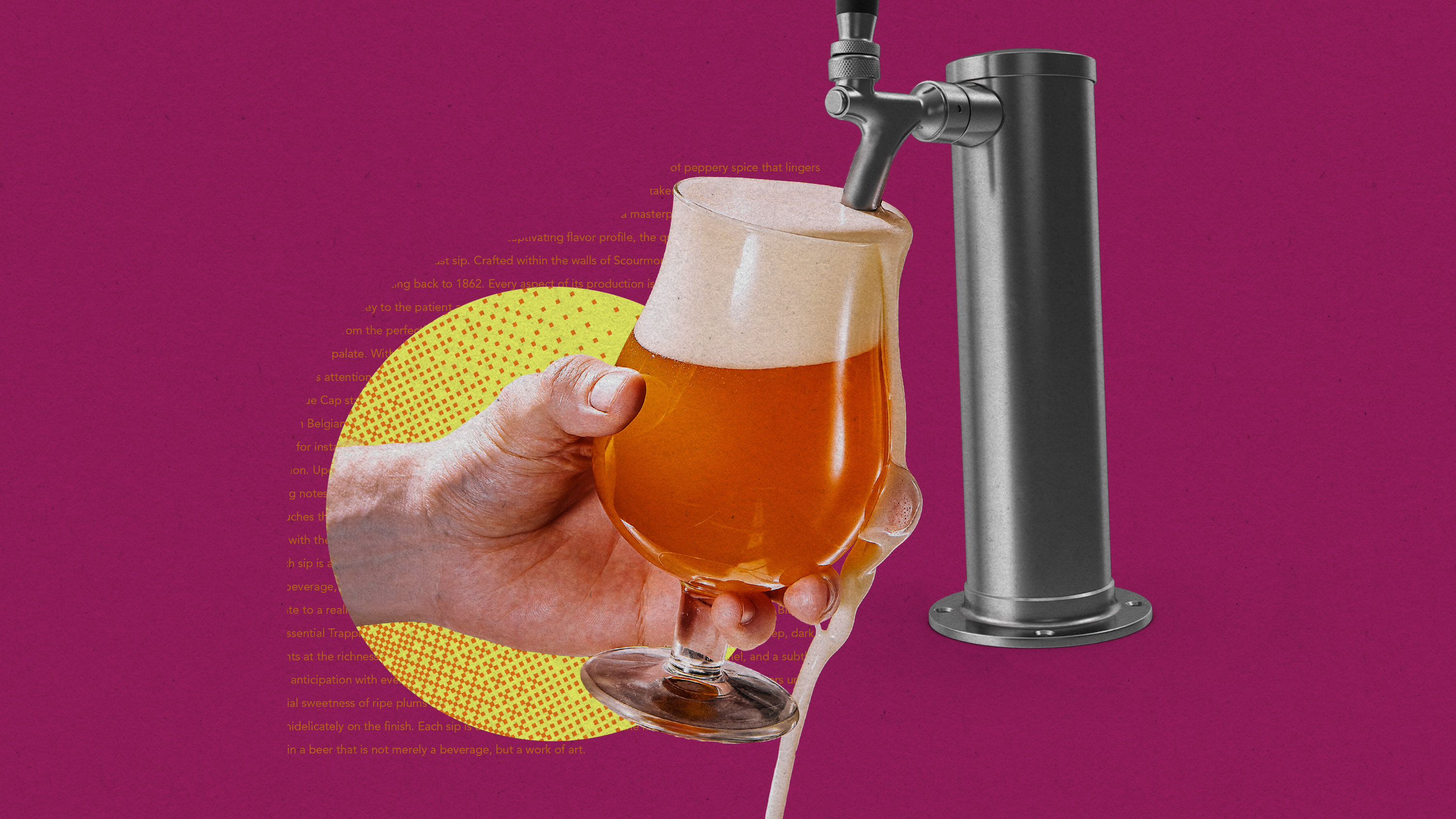AI could make better beer. Here’s how.
AI models were better than human experts at predicting the ratings Belgian beers received on a popular review site, researchers found.
Crafting a good-tasting beer is a difficult task. Big breweries select hundreds of trained tasters from among their employees to test their new products. But running such sensory tasting panels is expensive, and perceptions of what tastes good can be highly subjective.
What if artificial intelligence could help lighten the load? New AI models can accurately identify not only how highly consumers will rate a certain Belgian beer, but also what kinds of compounds brewers should be adding to make the beer taste better, according to research published in Nature Communications today.
These kinds of models could help food and drink manufacturers develop new products or tweak existing recipes to better suit the tastes of consumers, which could help save a lot of time and money that would have gone into running trials.
This story is only available to subscribers.
Don’t settle for half the story.
Get paywall-free access to technology news for the here and now.
Subscribe now
Already a subscriber?
Sign in
To train their AI models, the researchers spent five years chemically analyzing 250 commercial beers, measuring each beer’s chemical properties and flavor compounds—which dictate how it’ll taste.
The researchers then combined these detailed analyses with a trained tasting panel’s assessments of the beers—including hop, yeast, and malt flavors—and 180,000 reviews of the same beers taken from the popular online platform RateBeer, sampling scores for the beers’ taste, appearance, aroma, and overall quality.
This large data set, which links chemical data with sensory features, was used to train 10 machine-learning models to accurately predict a beer’s taste, smell, and mouthfeel and how likely a consumer was to rate it highly.
To compare the models, they split the data into a training set and a test set. Once a model was trained on the data within the training set, they evaluated its ability to predict the test set.
The researchers found that all the models were better than the trained panel of human experts at predicting the rating a beer had received from RateBeer.
Through these models, the researchers were able to pinpoint specific compounds that contribute to consumer appreciation of a beer: people were more likely to rate a beer highly if it contained these specific compounds. For example, the models predicted that adding lactic acid, which is present in tart-tasting sour beers, could improve other kinds of beers by making them taste fresher.
“We had the models analyze these beers and then asked them ‘How can we make these beers better?’” says Kevin Verstrepen, a professor at KU Leuven and director of the VIB-KU Leuven Center for Microbiology, who worked on the project. “Then we went in and actually made those changes to the beers by adding flavor compounds. And lo and behold—once we did blind tastings, the beers became better, and more generally appreciated.”
One exciting application of the research is that it could be used to make better alcohol-free beers—a major challenge for the beverage industry, he says. The researchers used the model’s predictions to add a mixture of compounds to a nonalcoholic beer that human tasters rated significantly higher in terms of body and sweetness than its previous incarnation.
This type of machine-learning approach could also be enormously useful in exploring food texture and nutrition and adapting ingredients to suit different populations, says Carolyn Ross, a professor of food science at Washington State University, who was not involved in the research. For example, older people tend to find complex combinations of textures or ingredients less appealing, she says.
“There’s so much that we can explore there, especially when we’re looking at different populations and trying to come up with specific products for them,” she says.
